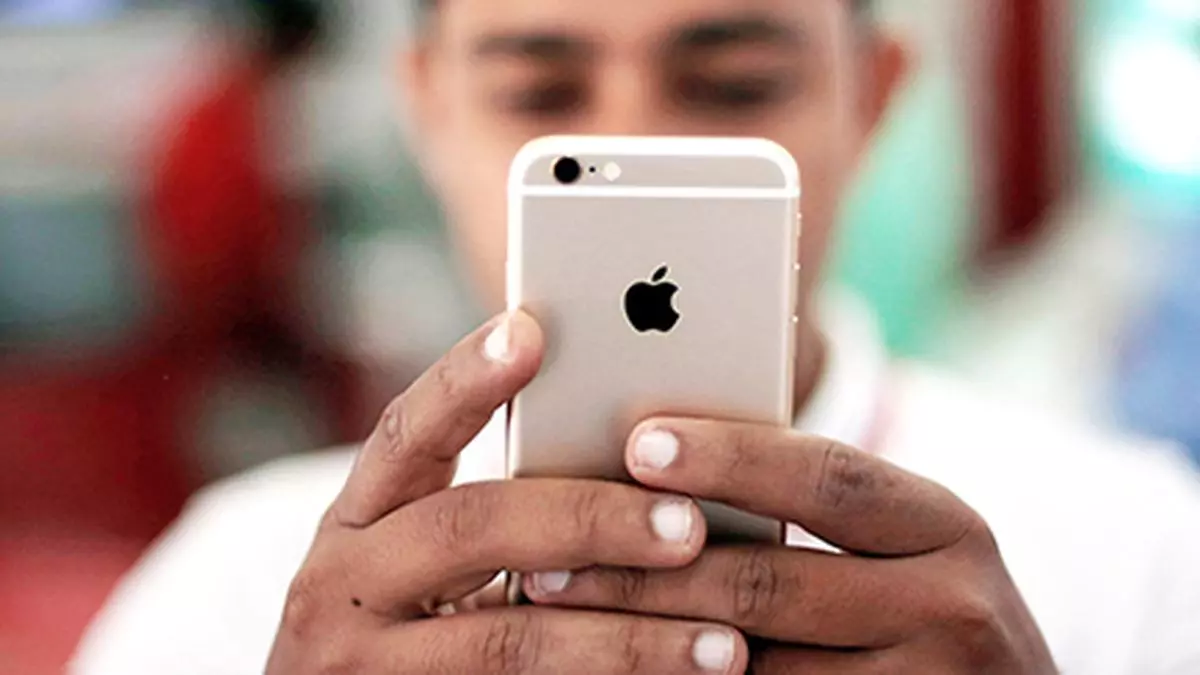Premium smartphones captivate buyers with sleek designs and advanced features. Despite their appeal, expensive devices face wear and tear, with batteries degrading and software slowing down over time.
Many features, like high-end cameras and augmented reality tools, often go unused by everyday users. Additionally, the risk of loss or damage makes the financial stakes higher.
Read also: The most expensive phones in the world
Mid-range smartphones now offer reliable performance, solid cameras, and long-lasting batteries at a fraction of the cost, making them a smart alternative.
When upgrading, consider your needs and budget—sometimes, the best phone isn’t the priciest one.
According to TechGig, here are the 5 reasons to avoid buying an expensive smartphone
1. Quick depreciation
High-priced smartphones lose their value rapidly. With frequent technological advancements, newer models are released regularly, making older versions obsolete. A device purchased today could become nearly worthless within a year, and its resale value will be significantly lower. This fast depreciation means those who frequently upgrade must continue spending more.
2. Paying for unused features
Premium smartphones are often equipped with advanced capabilities, but most users do not fully utilise them. If your main activities involve making calls, sending messages, browsing social media, and taking occasional photos, many of these features remain unused. Spending extra money on capabilities you rarely use is not an efficient way to allocate resources.
Read also: Smartphones now luxury as prices continue to surge
3. Battery life is not significantly better
Spending more does not always guarantee better battery life. Flagship devices often have high-resolution screens and powerful processors, which consume more energy. While fast charging is commonly included, it does not resolve the issue of limited battery performance. Mid-range smartphones, such as the Samsung Galaxy A56 and the OnePlus Nord series, often offer better battery longevity. These devices combine larger batteries with processors optimised for energy efficiency, providing longer usage times.
4. Comparable performance in mid-range devices
Modern mid-range smartphones deliver performance levels close to their expensive counterparts. Features like high-performing processors, quality cameras, and reliable battery life are now standard in mid-range options. These devices meet the needs of most users, offering a balanced smartphone experience at a lower cost.
Read also: Top 10 most expensive sneakers ever made
5. Similar software support
Premium smartphones were once preferred for their extended software support. Flagships typically received more operating system updates and security patches than mid-range devices. However, this is no longer exclusive to high-priced models. Companies like Samsung and Google now provide substantial software support to mid-tier devices. For instance, the Pixel 8a and Samsung Galaxy A-series receive four major OS updates and five years of security patches, matching the support offered for flagship models.








Leave a Comment